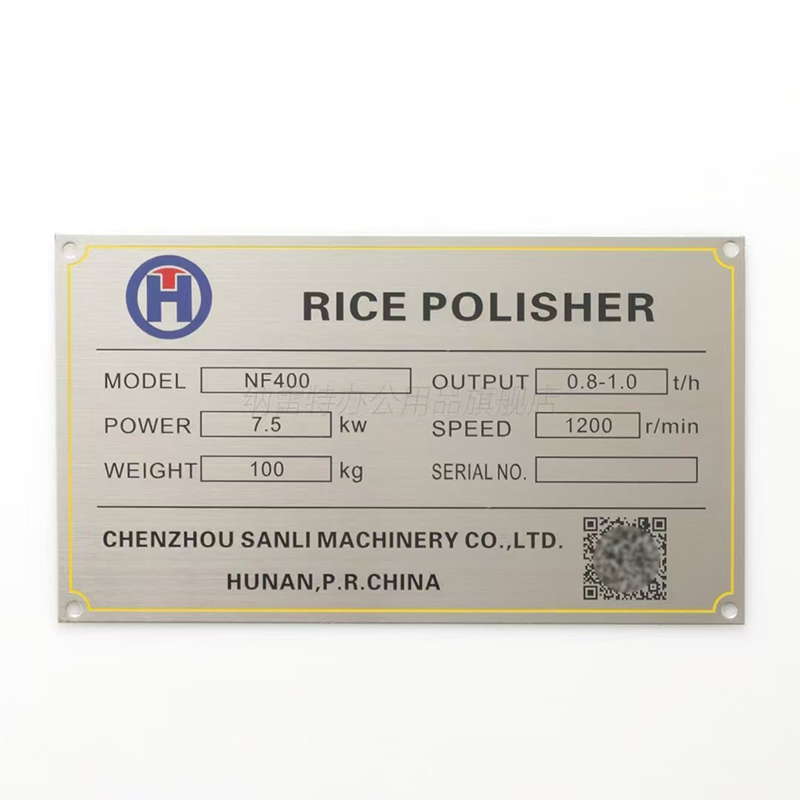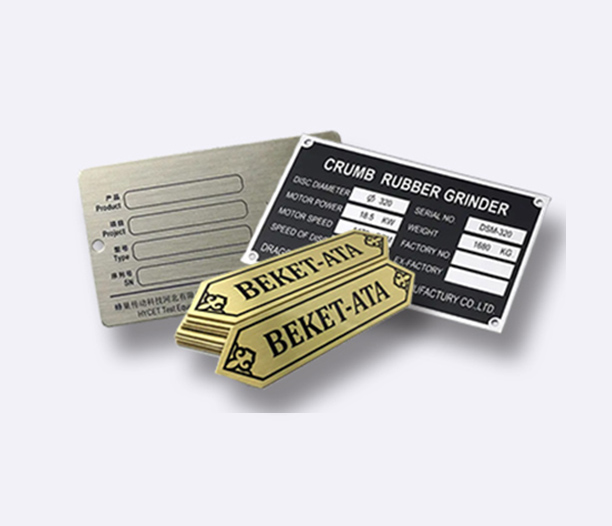When it comes to manufactured homes, one small but crucial element often goes unnoticed: the manufactured home HUD tag. This unassuming label holds the key to safety, legality, and peace of mind for homeowners and buyers alike. If you own or are considering purchasing a manufactured home, understanding the manufactured home HUD tag is essential. It’s not just a piece of paper or a metal plate; it’s a certification that ensures your home meets rigorous federal standards. In this article, we’ll dive deep into what the manufactured home HUD tag is, why it matters, and how it impacts various aspects of homeownership. From its role in safety to its influence on property value, we’ll cover everything you need to know about this vital component. Whether you’re a first-time buyer or a long-term owner, this information will empower you to make informed decisions and protect your investment. Let’s explore the multifaceted world of the manufactured home HUD tag and uncover why it’s a non-negotiable part of the manufactured housing industry.

What Is a Manufactured Home HUD Tag?
A manufactured home HUD tag is a certification label issued by the U.S. Department of Housing and Urban Development (HUD) that confirms a manufactured home complies with the Federal Manufactured Home Construction and Safety Standards (HUD Code). Established in 1976, the HUD Code sets minimum requirements for design, construction, strength, durability, transportability, fire resistance, and energy efficiency. Each manufactured home HUD tag is uniquely numbered and attached to the home during production, typically found on the exterior rear or side of the home. It serves as proof that the home has undergone rigorous inspections and testing at the factory level. Without this tag, a manufactured home may not be legally habitable or eligible for financing and insurance. The manufactured home HUD tag is distinct from other labels, such as data plates, which provide additional details like installation instructions and wind zone ratings. Essentially, the manufactured home HUD tag acts as a home’s “birth certificate,” verifying its adherence to national standards and ensuring it’s built for safety and longevity. For homeowners, this tag is a critical document that should be preserved and referenced throughout the home’s lifecycle.
The Importance of the HUD Tag in Safety and Compliance
The manufactured home HUD tag plays a pivotal role in ensuring safety and regulatory compliance. First and foremost, it guarantees that the home meets federal safety standards, which cover aspects like structural integrity, electrical systems, plumbing, and heating. This reduces risks of hazards such as fires, collapses, or gas leaks, protecting occupants from potential harm. Additionally, the manufactured home HUD tag is mandatory for legal occupancy in most jurisdictions. Local authorities often require proof of HUD compliance before issuing permits for installation or occupancy, and without it, homeowners could face fines, forced relocation, or even demolition orders. From a compliance perspective, the tag ensures uniformity across states, as the HUD Code preempts local building codes for manufactured homes, simplifying cross-border moves and resales. Insurance companies also rely on the manufactured home HUD tag to assess risk; homes without it may be denied coverage or subject to higher premiums. Moreover, in the event of natural disasters, such as hurricanes or earthquakes, the tag confirms that the home is designed to withstand specific environmental stresses based on its zone rating. Thus, the manufactured home HUD tag isn’t just about paperwork—it’s a lifeline that upholds safety, legal standing, and financial security for homeowners.
How to Locate and Verify Your HUD Tag
Locating and verifying your manufactured home HUD tag is a straightforward process that every homeowner should undertake. Typically, the tag is affixed to the exterior of the home, often near the rear or on an end wall. It’s usually a metal plate or a durable label with the HUD logo, a serial number, and other identifying information. If you can’t find it externally, check inside the home in areas like utility rooms, closets, or near the electrical panel, as some homes may have additional labels. Once located, it’s crucial to verify the tag’s authenticity to ensure it hasn’t been tampered with or forged. You can do this by cross-referencing the serial number with HUD’s online databases or contacting the manufacturer directly. The manufactured home HUD tag should match the home’s data plate, which includes details like the production date, plant code, and compliance statements. If the tag is missing or damaged, you may need to apply for a replacement through HUD or a state agency, which can involve providing proof of ownership and home details. Regularly inspecting your manufactured home HUD tag helps maintain its integrity and ensures it remains legible over time. For buyers, verifying the tag during a home inspection is a critical step to avoid purchasing a non-compliant property. This simple act of location and verification can save you from future legal and financial headaches.
The Legal Implications of the HUD Tag
The legal implications of the manufactured home HUD tag are far-reaching and can affect everything from home sales to zoning regulations. Under federal law, all manufactured homes built after 1976 must have a HUD tag to be considered compliant with the HUD Code. This tag is legally binding and serves as evidence in disputes involving home quality, warranty claims, or safety issues. For instance, if a home is found to have defects, the manufactured home HUD tag can be used to hold manufacturers accountable under HUD’s dispute resolution program. In real estate transactions, the absence of a HUD tag can derail sales, as lenders like FHA and VA require it for mortgage approvals. Similarly, local governments use the tag to enforce zoning laws and ensure homes are placed in approved manufactured home communities. If a home lacks a HUD tag, it may be classified as “non-compliant,” leading to restrictions on relocation or upgrades. Additionally, in legal proceedings such as insurance claims or property disputes, the manufactured home HUD tag provides crucial documentation of the home’s origins and standards. Homeowners should be aware that removing or altering the tag is illegal and can result in penalties. Thus, the manufactured home HUD tag isn’t just a label—it’s a legal safeguard that protects your rights and investments.

How the HUD Tag Affects Home Value and Insurance
The manufactured home HUD tag significantly influences home value and insurance considerations. From a valuation perspective, homes with a valid HUD tag are often appraised higher because they’re perceived as safer, more durable, and compliant with national standards. Appraisers and real estate agents use the tag to confirm the home’s quality, which can attract more buyers and justify a premium price. Conversely, homes without a HUD tag may suffer from reduced marketability and value, as they’re seen as risky or substandard. When it comes to insurance, the manufactured home HUD tag is a key factor in underwriting. Insurers view tagged homes as lower risk, leading to more affordable premiums and broader coverage options. For example, many providers offer specialized policies for HUD-compliant homes that include protections against perils like wind or fire. Without the tag, homeowners might struggle to find insurance or face exclusions that leave them vulnerable. Additionally, the tag can impact financing: lenders often require proof of HUD compliance before approving loans, and government programs like FHA titles mandate it. Over time, maintaining the manufactured home HUD tag can enhance resale value and ensure continuous insurance coverage, making it a wise investment for long-term financial planning. By prioritizing this tag, homeowners can secure their asset’s worth and protect against unforeseen losses.
Common Questions About the Manufactured Home HUD Tag
Q1: What exactly is a manufactured home HUD tag?
A1: A manufactured home HUD tag is a certification label issued by the U.S. Department of Housing and Urban Development that verifies a manufactured home meets federal safety and construction standards. It includes a unique serial number and is typically attached to the home’s exterior, serving as proof of compliance with the HUD Code.
Q2: Why is the HUD tag so important for manufactured homes?
A2: The HUD tag is crucial because it ensures the home is safe, durable, and legally habitable. It affects everything from insurance eligibility and financing to resale value and regulatory compliance. Without it, homeowners may face legal issues, higher costs, and reduced property appeal.
Q3: How can I replace a lost or damaged HUD tag?
A3: If your HUD tag is lost or damaged, you should contact the original manufacturer first, as they may have records to issue a replacement. If that’s not possible, reach out to HUD or your state’s manufactured housing agency for guidance. You’ll likely need to provide proof of ownership and home details to obtain a new tag.
Q4: Can I buy or sell a manufactured home without a HUD tag?
A4: While it’s possible to buy or sell a home without a HUD tag, it’s not advisable. The absence of a tag can complicate transactions, as lenders and insurers often require it. It may also lower the home’s value and lead to legal hurdles, so it’s best to resolve any tag issues before proceeding.
Q5: Does the HUD tag expire or need renewal?
A5: No, the HUD tag does not expire or require renewal once issued. It remains valid for the life of the home, provided the home hasn’t been significantly altered in ways that violate the HUD Code. However, homeowners should ensure the tag remains intact and legible for reference during inspections or sales.
In conclusion, the manufactured home HUD tag is more than just a regulatory requirement—it’s a cornerstone of safety, value, and peace of mind in the manufactured housing industry. By understanding its roles and implications, homeowners can navigate their housing journey with confidence and security.






